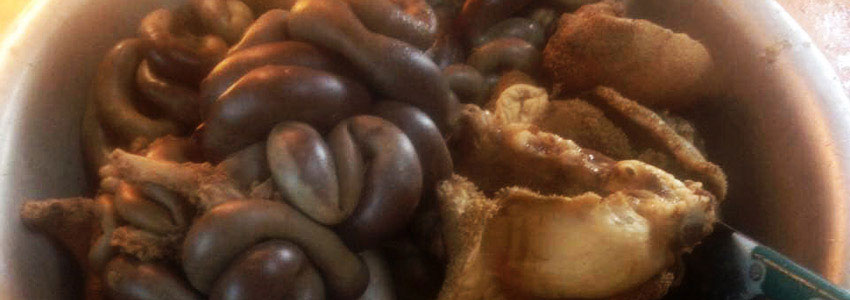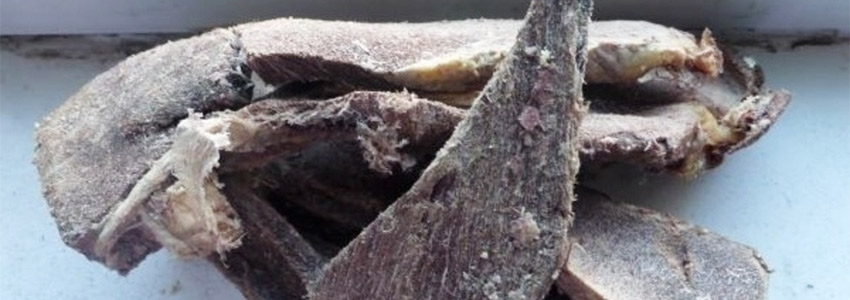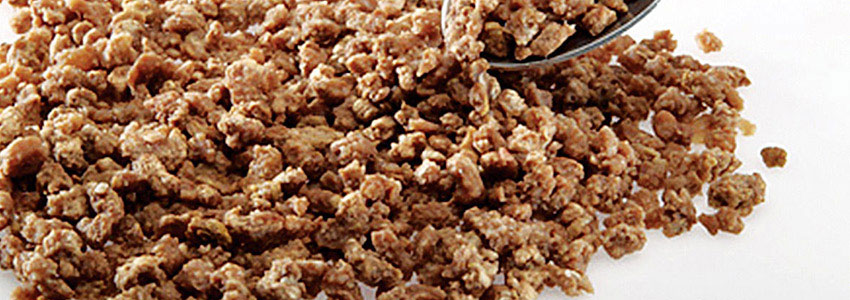Mongolian five kinds of livestock freely roam in nature and eat over 600 types of pastureland plants. You may know Mongolia is one of the countries of coldest winter, meaning that those grasses are cyclic and freshly grown, containing full of minerals and vitamins. Therefore, Mongolia pastureland grass-feed animals’ meat is considered organic because it contains low heavy metals compared to the other farm-breed animal meat. Instead, Mongolian meat contains a higher amount of essentials metals such as iron and zinc. Moreover, it is rich in protein.
Mongolians sort the meats into hot, warm and cool types. So that, they know how to preserve meats of different animals without a fridge, appropriate use to the human body and health depending on the season and climate.
Horse meat, fish, marmot, and deer meats are hot meats due to their qualification of quick and easy digestion. Beef, goat meat, pork and camel meats considered cool while mutton is warm meat. Mongolians have always been respectful to the animal husbandry and prefer to slaughter the animals late autumn and at the beginning of the winter when the animals are fat. Either Mongolians eat meat a lot; they do not eat baby animals. Instead, they slaughter the animals after the animals are full-grown which is their fellow feeling not to waste lives unnecessarily and help growth of the livestock.
Another feature of Mongolian meat is its hard and chewy quality because the animals are self-feeding pasturing freely on the grasslands.
Mongolian Mutton
Mutton is the most commonly used meat all the year around. Mongolian sheep eat 80 species of plants. 30 of the plants are medicinal plants. Therefore, they use mutton to relieve tiredness. The sheep tail is rich in calcium. Mongolians prefer to use sheep tail oil instead of the GMO oils. A whole rump of a sheep is a ceremonial and holiday main dish.
Mongolian Beef including yak meat
The tourist ger camps serve beef mostly while nomads eat mutton and dried meat during warm month. It is related to the lack of electricity and storage room. Mongolian beef tastes and smells stronger.
Mongolian Horse meat
The horse meat is the richest in protein and suitable to use at the beginning of winter or during cold weather.
Mongolian Goat meat
Mongolian goats are small sized, strong in climbing cliffs and rocky mountains to reach the most nutritional part of plants. Goat meat is rich in protein with low fat.
Mongolian Camel meat
In general, camel meat is similar to beef. However, contains more carbohydrate and sugar which makes the meat digestive. The Gobi people mainly eat camel meat and dry it for the next summer and autumn at the beginning of the winter.
Inner organs, head, and legs
It is proved that the inner organs’ quality is higher than ordinary meat and packed with nutrients such as vitamin B12 and foliate. They're also an excellent source of iron and protein. Another traditional Mongolian dish is boiled head, legs of sheep and goats. Snacks made of bigger animal head and legs. Eating the inner organs, heads, and legs sound scary and awful for most people. As well as, you may see their pictures first when you surf the internet and search Mongolian cuisine. However, those meals are rarely used by Mongolians after slaughtering animals. Not often. Therefore, be sure you will not be offered this during your travel in Mongolia. If you are a food adventurer, we happily arrange those meals for you on request.

How do Mongolian nomads keep meat without fridge and electricity?
Dried meat or Borts in Mongolian
Mongolians make Borts drying the meat in the countryside storage houses and storage gers in minus temperatures at the beginning of winter. Borth could be made of goat meat and camel meat in the Gobi desert. People prefer beef Borts they could preserve it longer. It gets tastier when the time goes. Mongolians can keep well-made Borts 1-3 years while most Borts are used and kept until next autumn. Borts weight 5 times lighter than wet meat. Even though, the quality and nutrition remain as it was fresh. 214-gram Borts equals to 1-kilogram fresh meat and per 100 gram Borts has 386 calories. 80% of Borts is protein.
It is useful practically and economically to the Mongolian nomadic way of life as it is light when carrying and has some benefits of livestock growth and health. Most importantly, it was a basis of Modern food technology.

Chopped meat cooked in its juice or Shuuz.
It is a way how Mongolians have been keeping the wet meat during summer time even though they do not have electricity. The chopped meat should be salted well and cooked in its juice until it has no more juice. Well-cooked Shuuz can last a month.

Oots
Oots is another way the nomads keep the meat fresh during winter. How to prepare: They put the meat back in the skin and buries under snow.
ABOUT MONGOLIAN FOOD